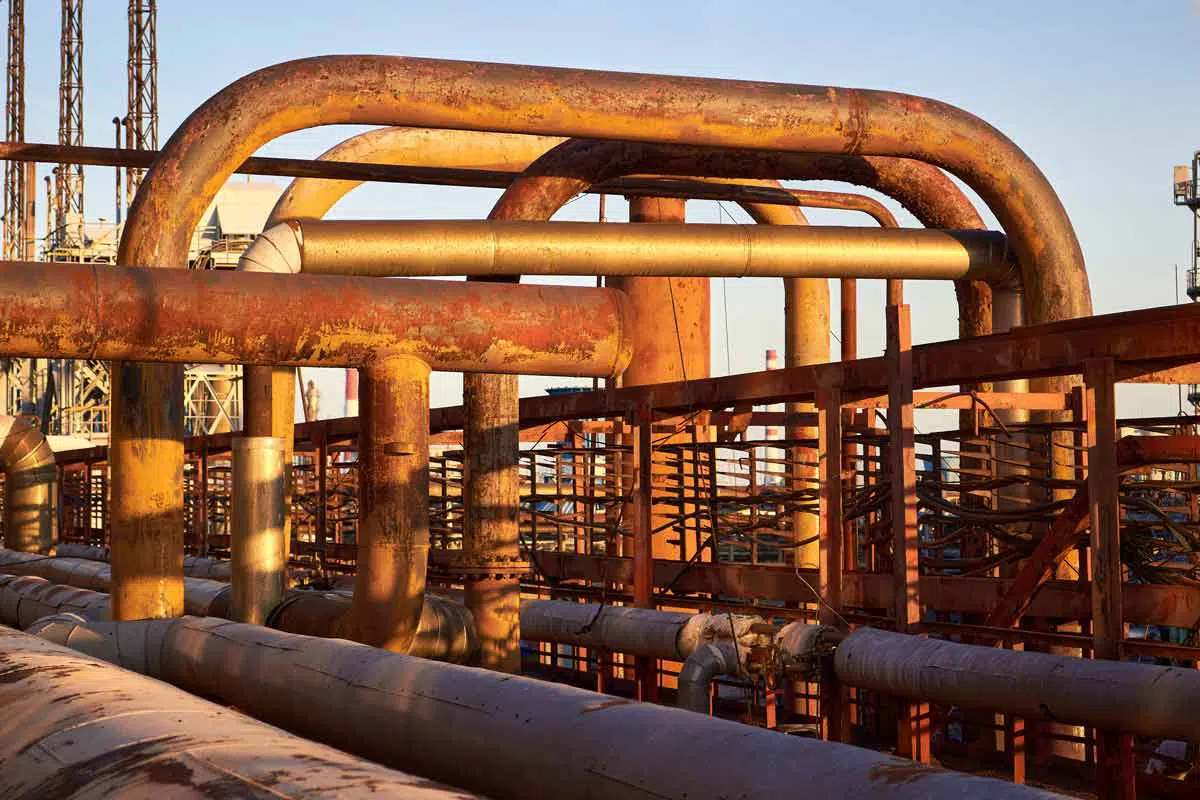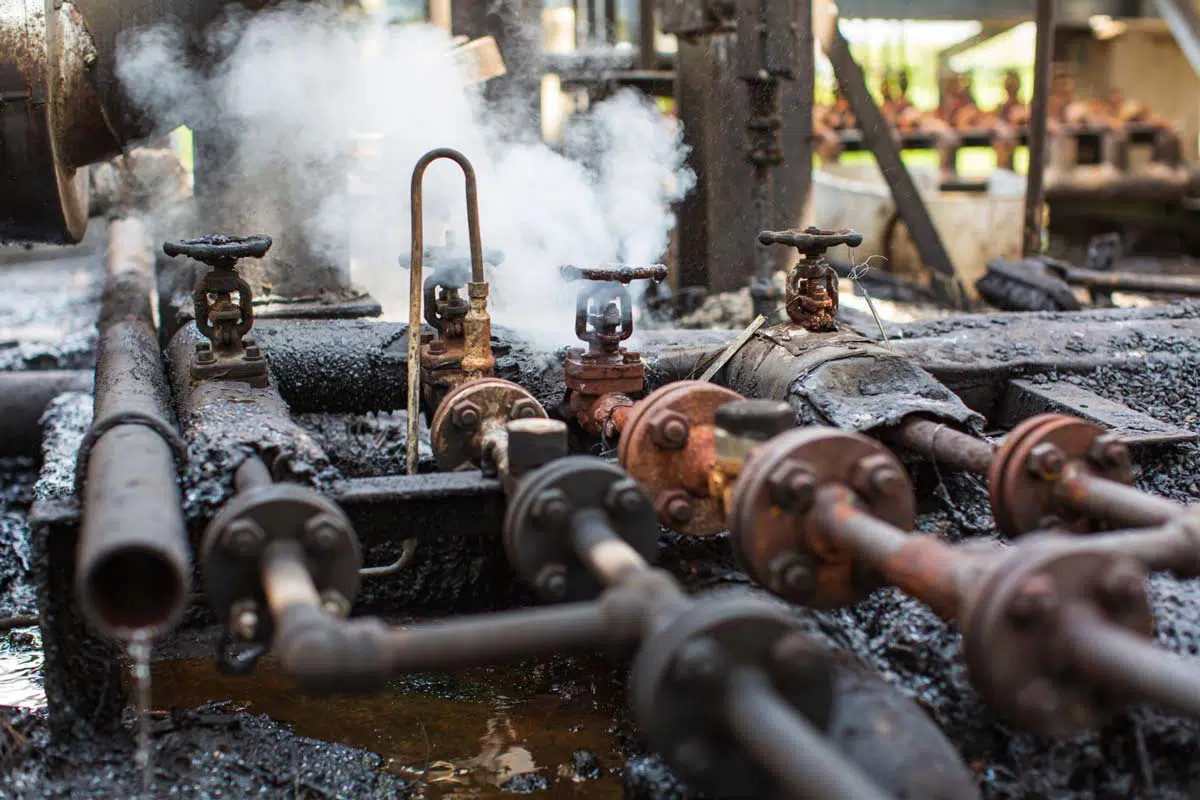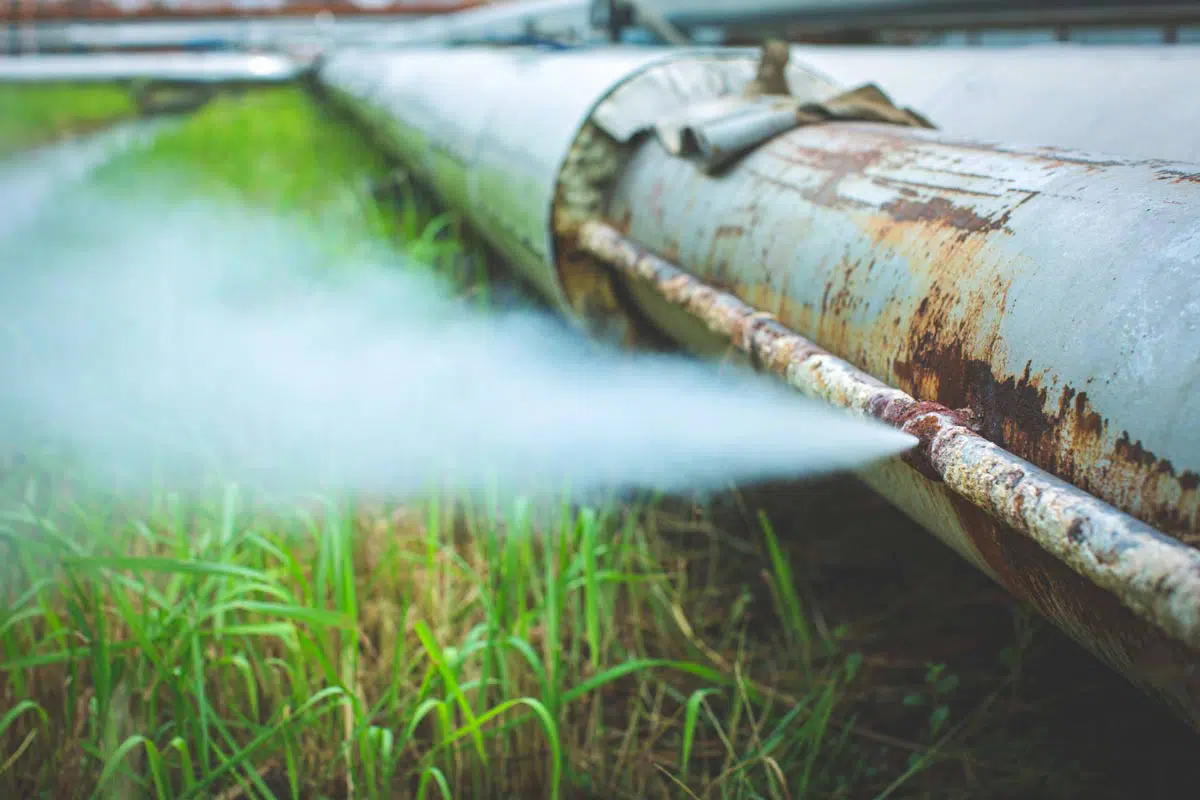Both internal and external corrosion of oil and gas pipelines are a major concern. While internal corrosion is more frequent (and can be harder to address), external corrosion still accounts for a large number of corrosion-related incidents. Furthermore, most organizations are able to plan for and directly mitigate internal corrosion, whereas external corrosion may be more difficult to address because it is less predictable and relies on more factors.
The Major Causes of External Corrosion
There are many issues that can cause the external corrosion of oil and gas pipelines. Soil, air, and water in contact with pipes can eventually lead to corrosion. Anything environmental that’s shifting, such as roots and brush, can also contribute. Most pipelines are long-term installations that need long-term maintenance.
To reduce the effects of corrosion on pipelines, most pipelines will be coated. An electric, cathodic protection may also be used. But pipelines will also need to be examined and maintained to determine whether corrosion is occurring and whether parts need to be repaired or replaced.
External corrosion is responsible for roughly 40 percent of corrosion-related pipeline incidents, so internal corrosion is actually more common. But while internal corrosion is understandably more common (due to material moving regularly through the pipeline), external corrosion can be more difficult to address because it can be caused by a variety of localized factors. Soil movement, vegetation, and weather events can all make external corrosion more serious.
The Consequences of External Corrosion
Understandably, the consequences of external corrosion are the same as any other type of leak or infiltration. Not only does the organization lose money (due to time, maintenance, and repairs), but the damage to the environment can be considerable. Depending on how significant the damage is (and how long it remains unaddressed), the organization may find itself having to mitigate fairly extensive damage. Corrosion in oil and gas pipelines can be dangerous to employees, those who live near the pipeline, and flora and fauna within the affected region. They need to be addressed quickly, which can bring work to a standstill.
Regular inspections of the pipeline – as well as knowing what to look for – can help an organization defeat external corrosion. A major advantage to external corrosion vs. internal corrosion is that the signs of the corrosion should be visible to those who are inspecting the pipeline.
What are the best ways to prevent the external corrosion of pipelines? To some extent, the external corrosion of oil and natural gas pipelines is unavoidable; things will corrode and break down over time. Most pipelines will be coated before being placed but these coatings are not going to last forever, especially as many pipelines are put into service indefinitely. But by staying on top of maintenance and being conscientious about the environment, companies can mitigate any issues before they become dangerous.




